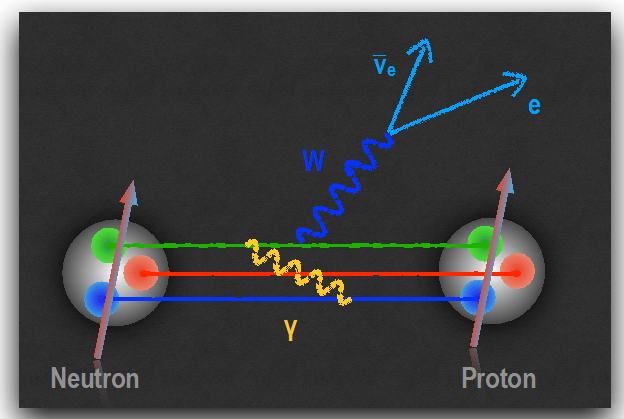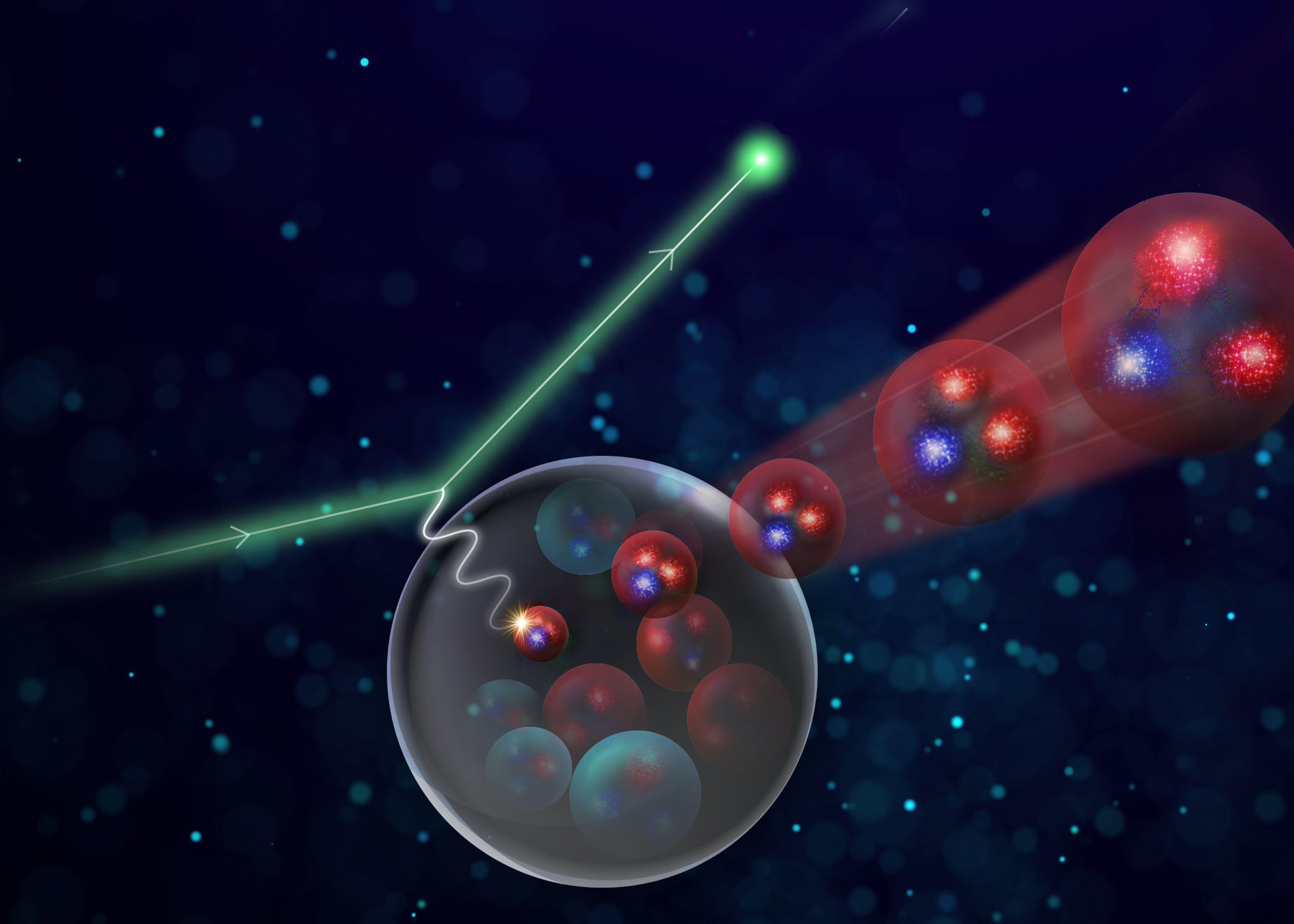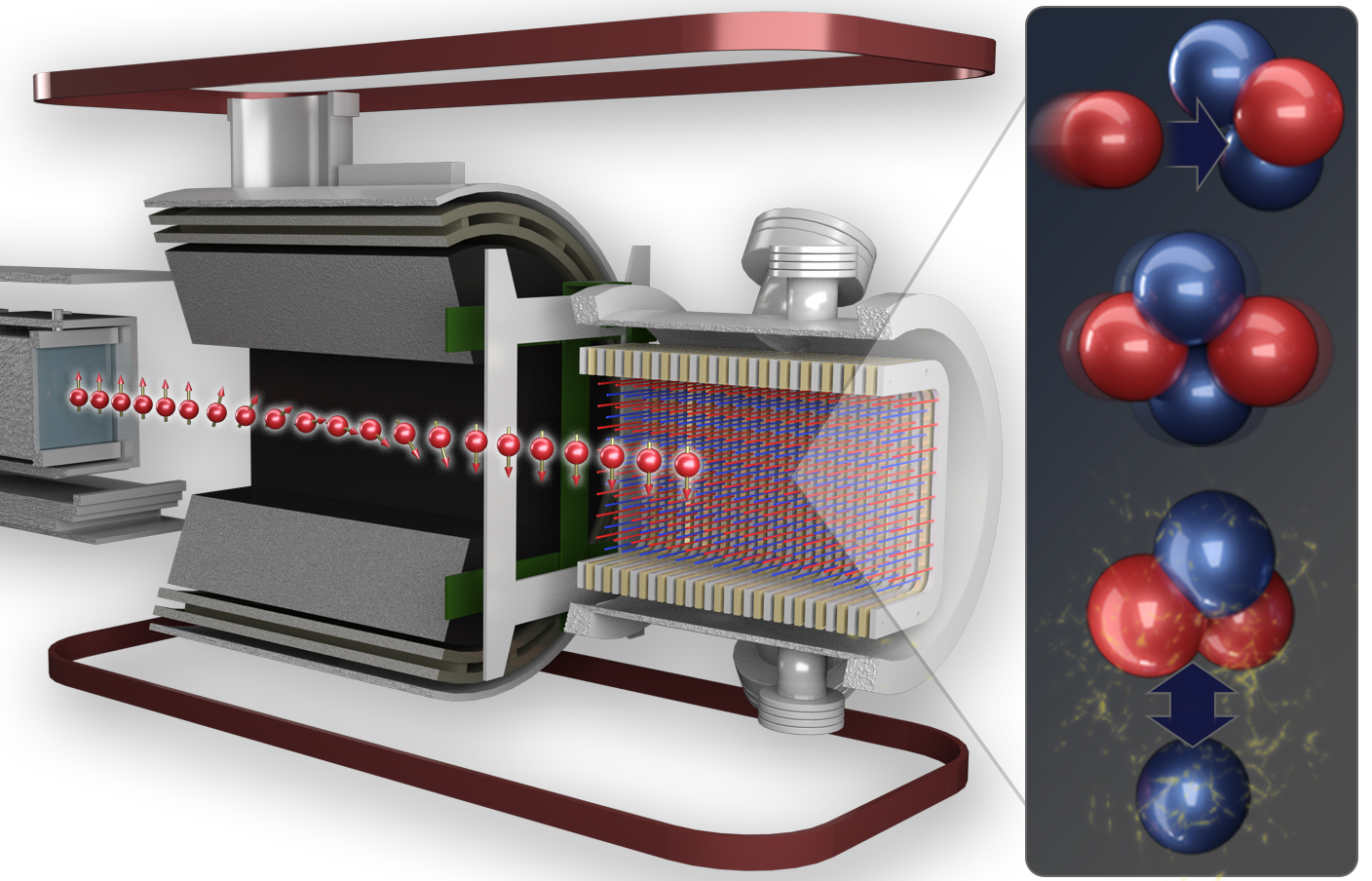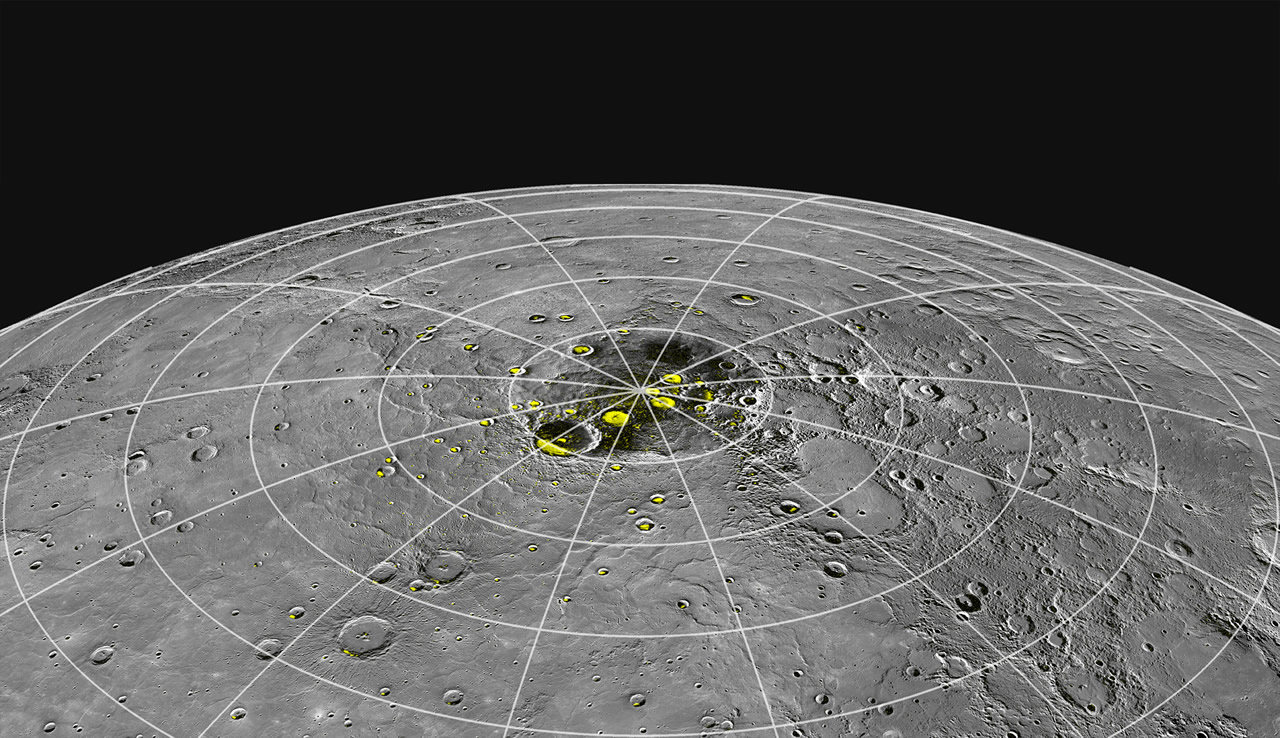PPPL scientists have observed new details of how plasma interacts with magnetic fields, potentially providing insight into the formation of enormous plasma jets that stretch between the stars.
Tag: Protons
A New Way to Make Element 116 Opens the Door to Heavier Atoms
Researchers at Berkeley Lab’s 88-Inch Cyclotron successfully made superheavy element 116 using a beam of titanium-50. That milestone sets the team up to attempt making the heaviest element yet: 120.

New Insights on the Interplay of Electromagnetism and the Weak Nuclear Force
Outside atomic nuclei, neutrons are unstable, disintegrating in about fifteen minutes due to the weak nuclear force to leave behind a proton, an electron, and an antineutrino. New research identified a shift in the strength with which a spinning neutron experiences the weak nuclear force, due to emission and absorption of photons and pions. The finding impacts high precision searches of new, beyond the Standard Model interactions in beta decay.
Understanding the Origin of Matter with the CUORE Experiment
Neutrinos are involved in a process named beta decay that involves a neutron converting into a proton emitting an electron and an antineutrino. There may also be an ultra-rare kind of beta decay that emits two electrons but no neutrinos, called neutrinoless-double beta decay (NLDBD). Researchers are using the Cryogenic Underground Observatory for Rare Events (CUORE) to search for these rare NLDBD processes using different nuclei. Scientists have reported new tests using Tellurim-128 to look for NLDBD.
Imaging the Proton with Neutrinos
The interactions of the quarks and gluons that make up protons and neutrons are so strong that the structure of protons and neutrons is difficult to calculate from theory and must be instead measured experimentally. Neutrino experiments use targets that are nuclei made of many protons and neutrons bound together. This complicates interpreting those measurements to infer proton structure. By scattering neutrinos from the protons that are the nuclei of hydrogen atoms in the MINERvA detector, scientists have provided the first measurements of this structure with neutrinos using unbound protons.
Particles Pick Pair Partners Differently in Small Nuclei
The protons and neutrons that build the nucleus of the atom frequently pair up in fleeting partnerships called short-range correlations. These can form between a proton and a neutron, between two protons, or between two neutrons. Scientists recently discovered that in helium-3 and tritium, which have small, light nuclei, some types of correlations are less common than they are in larger, heavier nuclei.
For Protons and Neutrons, Things Aren’t the Same Inside Nuclei
Quarks are distributed differently in free protons and neutrons versus those inside nuclei, something called “the EMC effect.” Scientists previously thought that the EMC effect treated the up and down quarks in protons and neutrons equally. New high-precision data from the MARATHON experiment indicates that the EMC effect may exert more influence on the distribution of down quarks compared to up quarks inside nuclei.
The Strength of the Strong Force
Researchers have experimentally extracted the strength of the strong force, a quantity that firmly supports theories explaining how most of the mass or ordinary matter in the universe is generated. This quantity, known as the coupling of the strong force, describes how strongly two bodies interact or “couple” under this force. With Jefferson Lab data, the physicists were able to determine the strong force coupling at the largest distances yet.
How to catch a perfect wave: Scientists take a closer look inside the perfect fluid
Scientists have reported new clues to solving a cosmic conundrum: How the quark-gluon plasma – nature’s perfect fluid – evolved into the building blocks of matter during the birth of the early universe.

Nuclear Physicists on the Hunt for Squeezed Protons
While protons populate the nucleus of every atom in the universe, sometimes they can be squeezed into a smaller size and slip out of the nucleus for a romp on their own. Observing these squeezed protons may offer unique insights into the particles that build our universe. Now, researchers hunting for these squeezed protons have come up empty-handed, suggesting there’s more to the phenomenon than first thought. The result was recently published in Physical Review Letters.

Scientists achieve higher precision weak force measurement between protons, neutrons
Through a one-of-a-kind experiment at Oak Ridge National Laboratory, nuclear physicists have precisely measured the weak interaction between protons and neutrons. The result quantifies the weak force theory as predicted by the Standard Model of Particle Physics.

Postdoc Pushes Backward Physics to Fore
Wenliang “Bill” Li won the 2020 JSA Postdoctoral Prize to run experiments that will examine proton structure from a lesser-studied perspective. A postdoctoral researcher at William & Mary, Li is studying proton structure just like many people who conduct their nuclear physics research at Jefferson Lab. But he’s studying a new aspect of it: the backward perspective.

Studying Small to Learn Big
Dien Nguyen (Zee-en Wen) studies some of the smallest units of matter on Earth to learn more about massive objects in space. Now, she’ll be conducting her research as the Nathan Isgur Postdoctoral Fellow in Nuclear Experiment at the Department of Energy’s Thomas Jefferson National Accelerator Facility.

Analyzing Matter’s Building Blocks
Nobuo Sato is working to put the know in femto. He’s just been awarded a five-year, multimillion dollar research grant by the Department of Energy to develop a “FemtoAnalyzer” that will help nuclear physicists image the three-dimensional internal structure of protons and neutrons. Now, Sato is among 76 scientists nationwide who have been awarded a grant through the DOE Office of Science’s Early Career Research Program to pursue their research.

Mercury’s 400 C Heat May Help It Make Its Own Ice
Despite Mercury’s 400 C daytime heat, there is ice at its caps, and now a study shows how that Vulcan scorch probably helps the planet closest to the sun make some of that ice.